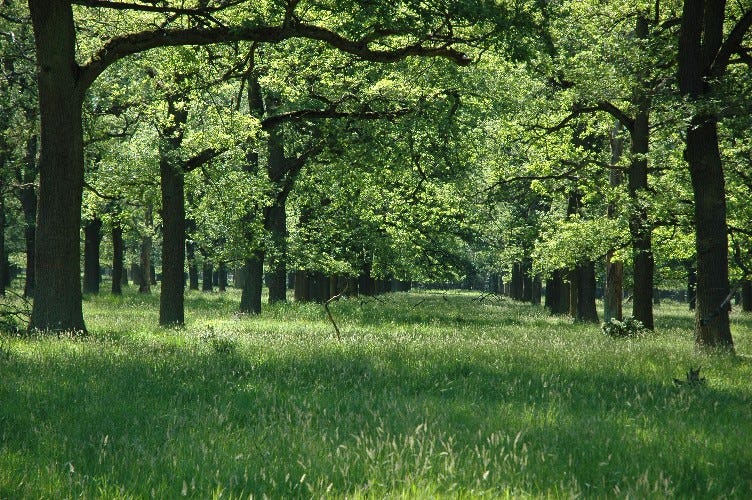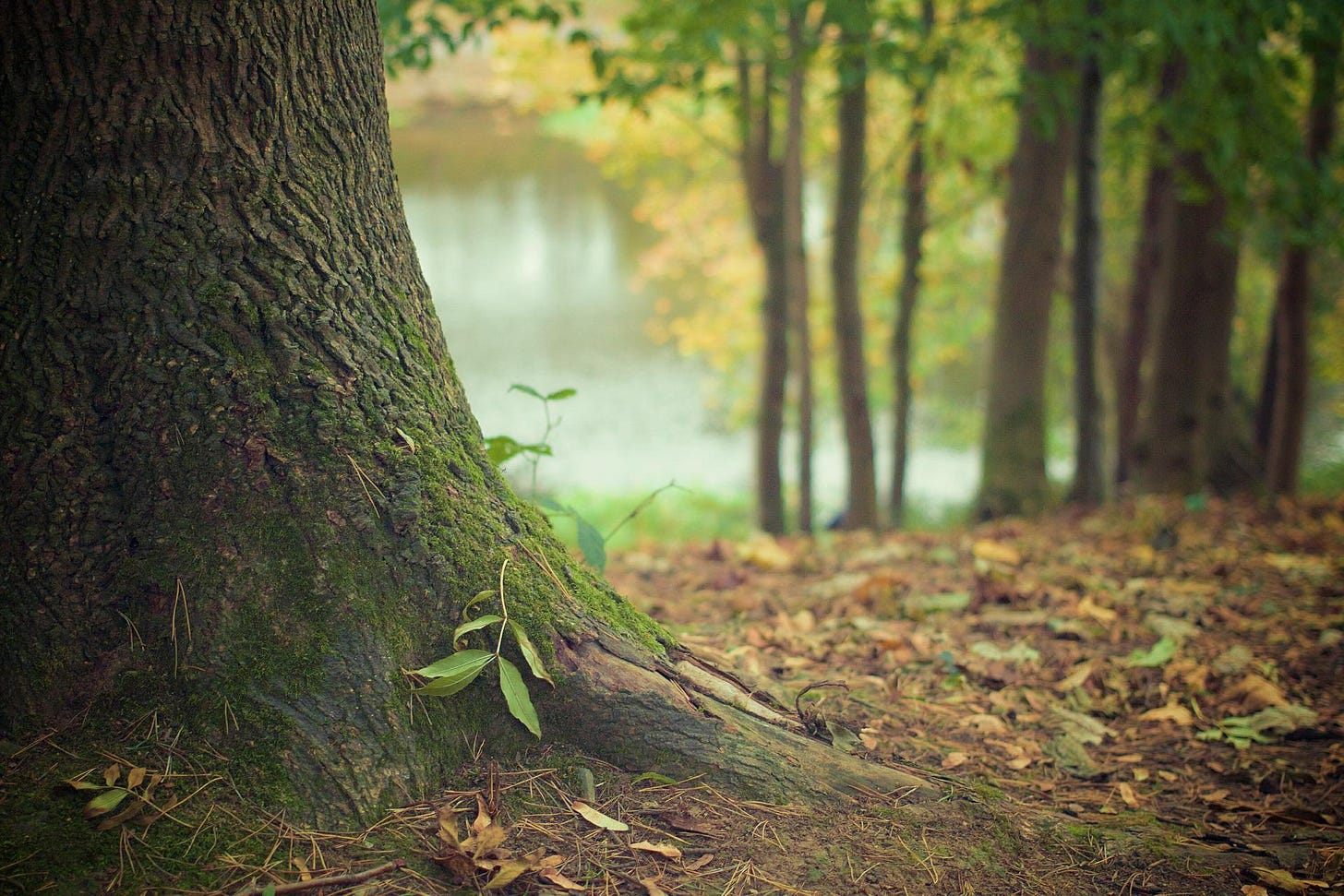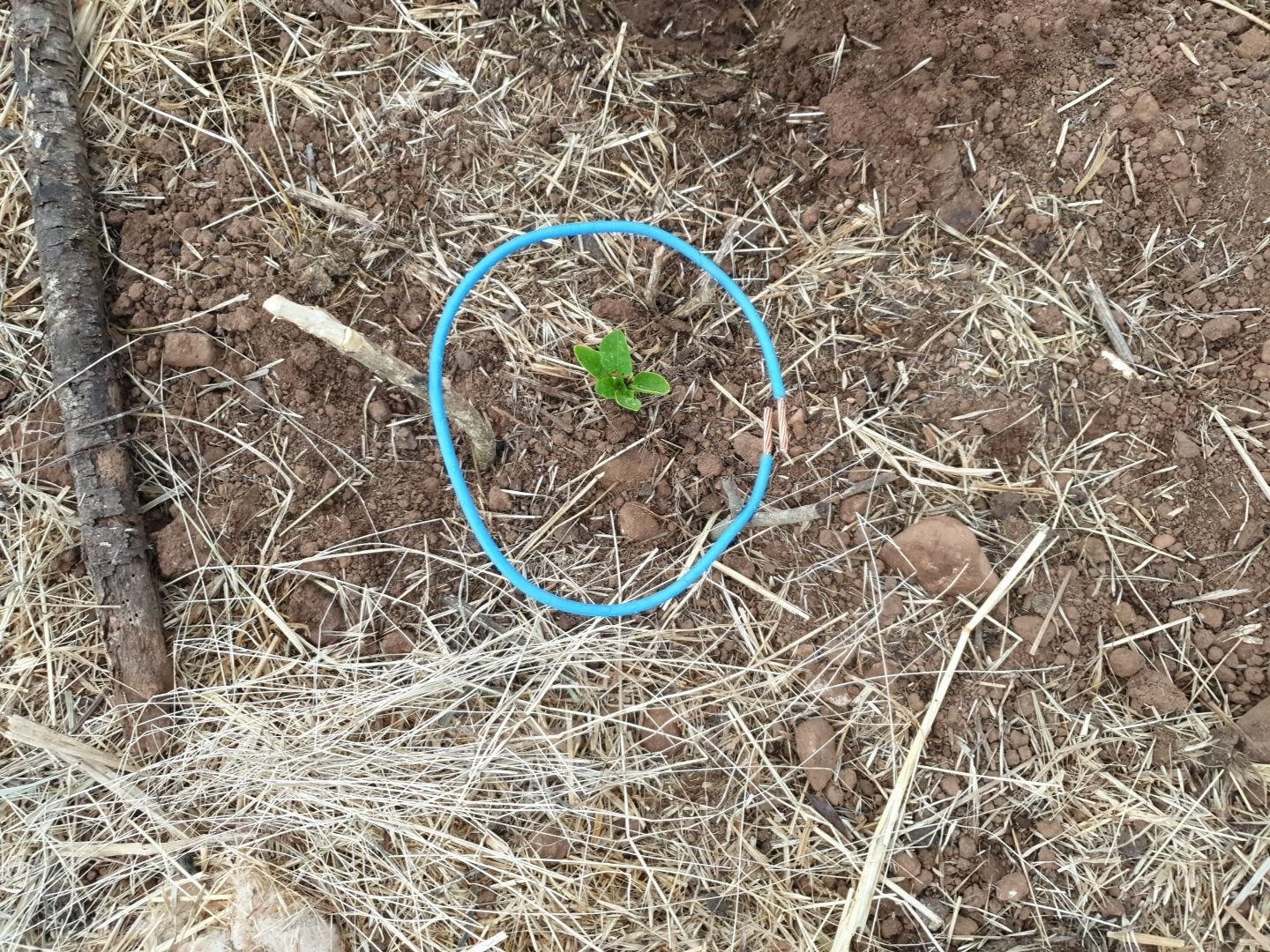Electroculture and the properties of trees
The impact of electromagnetic waves on the development of living organisms is now well known but still little documented. Worse, it is almost never taken into account in design solutions.
Negative impacts of common artificial electromagnetic waves
Electromagnetic waves can have a positive or negative impact on living organisms and their growth, health, longevity and productivity.
Several scientific studies have identified possible consequences of electromagnetic waves on living organisms:
studies on bees :
bird studies:
studies on plants :
These consequences are generally negative and show that the artificial waves we use in our daily life (Wi-Fi, cell phone, telephone relay antenna) have a strong negative impact on life (ours and the surrounding nature).
Positive applications of electromagnetic waves
However, there are researchers who are interested in electromagnetic waves in a general way and apply themselves to identify those which could favor the living in a way which would be more convenient for humanity. For example, to promote the growth of crops, the growth of fruits, the taste of the food produced, etc.
After all, light itself is an electromagnetic wave.
But this does not mean that such a use should be considered absolutely beneficial in every aspect: because of the multiplicity of variables in the world, this would be too quick an assertion. It means that from a human point of view, we could use electromagnetic waves intelligently so that the nuisance seems to have disappeared and benefits appear.
After several years of studying this subject, which is often called electroculture (cultivating with electric currents), and testing it in situ, I observed a particularly satisfying approach: the capture and diffusion of natural electromagnetic waves, without adding artificial waves.
Just as we divert water to irrigate our plants, it seems feasible and highly beneficial to divert electromagnetic waves to the plants or mushrooms (and maybe animals too).
The installations to do this are diverse and still being analyzed. The most famous one is certainly the Lakhovski circle, consisting of an unclosed copper circle whose opening is placed towards the magnetic north.
Some people are successfully testing simple or complex antennas in the garden soil, usually made of copper, zinc or iron. Most of the research in electroculture focuses on how metals, their nature and their shape, interact with the surrounding electromagnetic fields.
The most assiduous researchers speak most often of doubled harvests and tastier products.
Installations are being studied for large agricultural cereal surfaces, making it possible to apply the knowledge of electroculture to contexts that are not simply vegetable gardens.
A simple search on the internet with the keywords "electroculture", "electromagnetic waves in the garden", "plant growth electromagnetic fields" or "Lakhovski circle" should tell you more about this field of study. In addition, there are some people whose job is to come to the production sites and bring their know-how in electroculture.
Do not hesitate to inquire if one of them works in your area.
Is electroculture synergetic?
If electroculture is full of promise in terms of optimizing plant production (volume, taste, health), we can wonder about the possibility of replacing an agricultural chemical approach (whose catastrophic impact on the environment is no longer to be demonstrated) by an electromagnetic approach that is apparently better but just as artificial.
It is common for humans to think they have found a good solution only to find out later that it has unforeseen negative consequences.
Let's be clear about this: I find electroculture much more interesting at the moment than chemical agriculture.
But let's keep in mind different things:
as with water irrigation, it is a question of taking an element in one place to move it in another, at the apparent expense of the place of origin of the element;
if the plants appear healthier, tastier and bigger thanks to electroculture, isn't it at the expense of the soil? Is the long-term consumption of these plants good for our health? Or at least better than chemical agriculture?
some electroculture installations are complex and use materials that are expensive to produce and are time-consuming;
are long-term electrocultural systems non-polluting (for example, what happens if a wire of zinc stays in the ground for years?)
Moreover, there is a very simple observation to make: trees already have the natural role (among countless other faculties) of being interfaces between the sky and the earth: electromagnetism, lightnings, water, atmospheric gases.
Indeed, it is possible to measure the barrier effects of trees against electromagnetic waves, coming from high voltage lines or telephone relay antennas.
Trees capture a part of the emitted waves and reinject them into the earth like a ground socket, and this, all the more so as the tree is large and therefore old most of the time (it apparently also depends on the species).
The new comparison to be made is not between chemical agriculture and electroculture but between electroculture and agroforestry, especially since trees have much broader functions than simple electromagnetic diversion:
they are part of symbiotic systems with the soil and the atmosphere, they evolve in contact with underground fungi,
their leaves or needles enter into the natural functioning of the soil,
they prevent soil erosion and desertification,
they reduce air and soil pollution,
they reduce electromagnetic pollution,
they distribute rainwater by runoff and limit the impact of drops (harmful to some seedlings),
they serve as shelter, food and material for humans and animals (birds, mammals, insects, etc.),
they limit evaporation and more globally participate in an efficient natural water management,
they regulate local temperature,
they increase the presence of rainy clouds, helping in preventing drought,
they can be used to make medicines,
their virtues in energetic medicine are recognized by many people around the world (tree therapy or forest therapy), sometimes with measurable effects on our brain and heart activity,
they are beautiful.

Sad news is, even if some people claim that their countries keep having the same volume of wood in their regions, the way trees are grown, the narrow-selected species and the cruel lack of old trees mitigate the positive impact of trees in general.
We should take time to identify the properties of the different species of trees and select carefully the ones we will plant around us and be prepared to take care of them for generations to come.
Actually, we should live in areas almost surrounded by trees with a wide variety of structures:
forests
food and fodder hedges
riparian forest
orchards
combinations of food production in contact with trees (cereals under foliage for example or fruits in lianas)
remarkable trees preserved near villages, schools, cemeteries, etc
protected ecotones (ecological transition zones)
Old trees should be left alone and we should learn to stop seeing all the immediate profit they can bring to us, because in the long-term they are infinitely much more valuable.
Of course, this approach should be balanced with open areas to create more global diversity, able to produce stronger ecosystems (resistant and resilient) and to fit better with people's needs or tastes, and the wild species adapted to these ecological niches.
But still, to me, and because I am looking for real synergetic solutions, agroforestry is the way to go to create healthy, food-producing, material-providing spaces.



